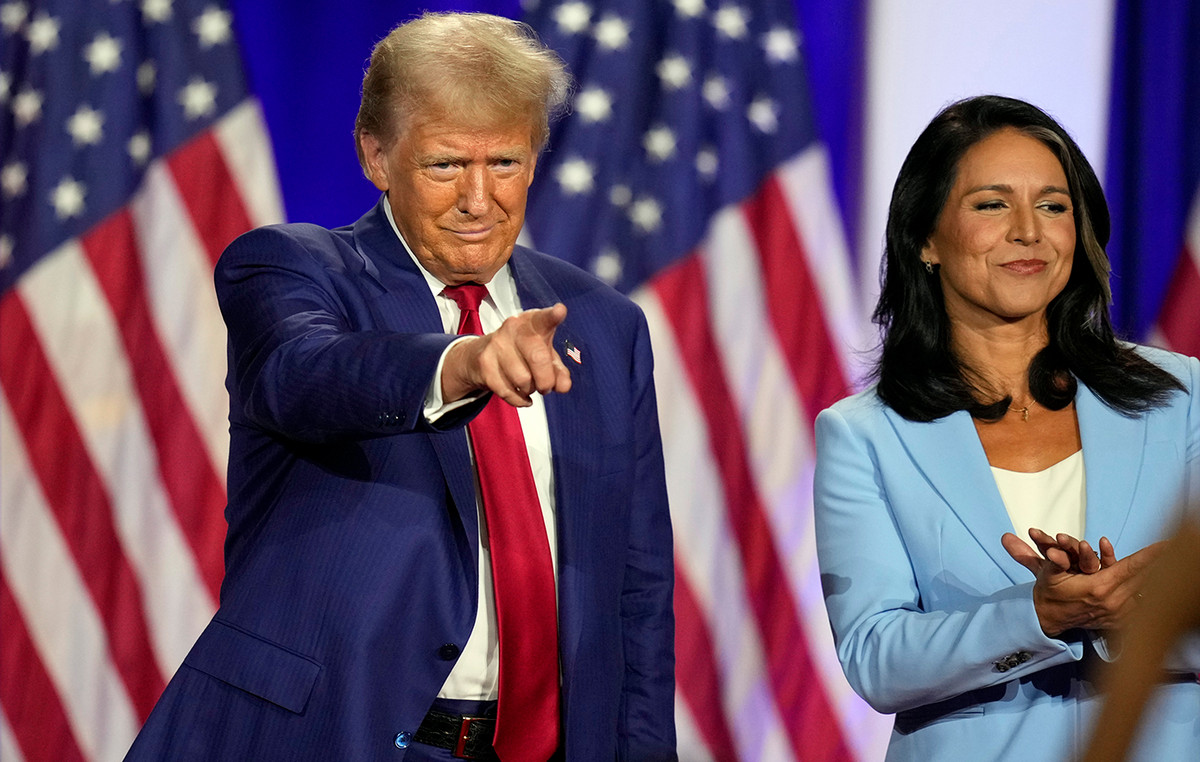The US Dollar has declined against the Colombian Peso on the first day of July, falling from a daily high of 4,178.55 to a two-day low of 4,134.90.
USD/COP is trading at 4,139.61 at the time of writing, losing 0.26% on the day.
The Bank of the Republic of Colombia cut its interest rates to 11.25%
- Colombia’s central bank cut its interest rates by 50 basis points on Friday before the weekly close. Rates were at 11.25% compared to 11.75% previously, as expected. This is the fifth consecutive rate cut by the Bank of the Republic of Colombia. Two of the six voting members opted to cut rates by 75 basis points.
- The US ISM (Institute for Supply Management) manufacturing PMI has fallen two-tenths of a point, standing at 48.5 points in June compared to 48.7 in May, its lowest level in four months. The figure disappoints market expectations, as an increase to 49.1 was expected. The prices paid component has fallen sharply, sliding to 52.1 from 57, well below the 55.9 estimated. This is its lowest level in six months.
- With no major data to be released in Colombia this week, the focus will be on the US employment figures to be published in the coming days and on the Federal Reserve Minutes to be released on Wednesday.
Economic indicator
Type of interest
The interest rate, published by the Bank of the Republic of Colombiais the main monetary policy intervention mechanism used by the Bank of the Republic to affect the amount of money circulating in the economy.
Latest Post: Fri Jun 28, 2024 18:59
Frequency: Irregular
Current: 11.25%
Dear: 11.25%
Previous: 11.75%
Fountain: Bank of the Republic of Colombia
US Dollar FAQs
The United States Dollar (USD) is the official currency of the United States of America, and the de facto currency of a significant number of other countries where it is in circulation alongside local banknotes. As of 2022, it is the most traded currency in the world, accounting for over 88% of all global foreign exchange transactions, equivalent to an average of $6.6 trillion in daily transactions. Following World War II, the USD took over from the British Pound as the world’s reserve currency.
The single most important factor influencing the value of the US dollar is monetary policy, which is determined by the Federal Reserve (Fed). The Fed has two mandates: to achieve price stability (control inflation) and to promote full employment. Its main tool for achieving these two goals is to adjust interest rates. When prices rise too quickly and inflation exceeds the Fed’s 2% target, the Fed raises rates, which helps the dollar. When inflation falls below 2% or the unemployment rate is too high, the Fed can lower interest rates, which weighs on the dollar.
In extreme situations, the Federal Reserve can also print more dollars and enact quantitative easing (QE). QE is the process by which the Fed substantially increases the flow of credit in a jammed financial system. It is an unconventional policy measure used when credit has dried up because banks are not lending to each other (for fear of counterparty default). It is a last resort when simply lowering interest rates is unlikely to achieve the necessary result. It was the Fed’s weapon of choice to combat the credit crunch that occurred during the Great Financial Crisis of 2008. It involves the Fed printing more dollars and using them to buy US government bonds, primarily from financial institutions. QE typically leads to a weakening of the US dollar.
Quantitative tightening (QT) is the reverse process whereby the Federal Reserve stops buying bonds from financial institutions and does not reinvest the principal of maturing securities in new purchases. It is generally positive for the US dollar.
Source: Fx Street
I am Joshua Winder, a senior-level journalist and editor at World Stock Market. I specialize in covering news related to the stock market and economic trends. With more than 8 years of experience in this field, I have become an expert in financial reporting.







